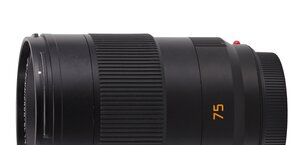Sigma A 28-105 mm f/2.8 DG DN
5. Chromatic and spherical aberration
Chromatic aberration
The producers weren't skimpy when it comes to special elements so we didn't expect any serious problem with correction of longitudinal chromatic aberration. And indeed it is the case. At the shorter focal lengths it's difficult to notice any colouring of out-of-focus images but at 70 and 105 mm and the maximum relative aperture it is possible to notice slightly accented red hue in an images before the focus and a slight yellow-blue hue before the focus. Mind you, this result is very slight, without practically any reasons to worry.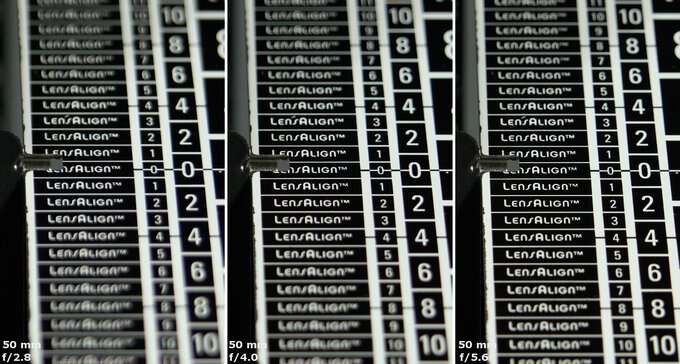 |
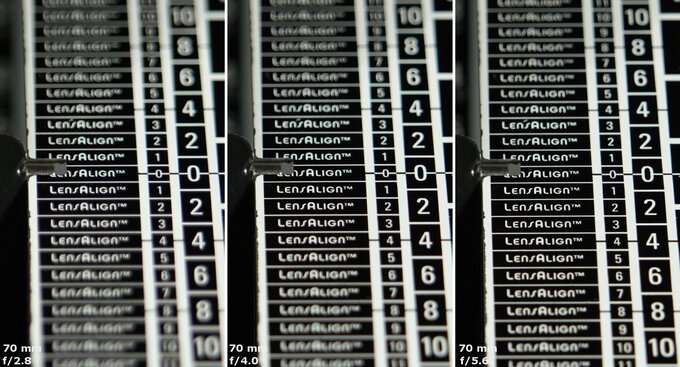 |
Please Support UsIf you enjoy our reviews and articles, and you want us to continue our work please, support our website by donating through PayPal. The funds are going to be used for paying our editorial team, renting servers, and equipping our testing studio; only that way we will be able to continue providing you interesting content for free. |
- - - - - - - - - - - - - - - - - - - - - - - - - - - - - - - - - - - - - - - - - - - - - - - -
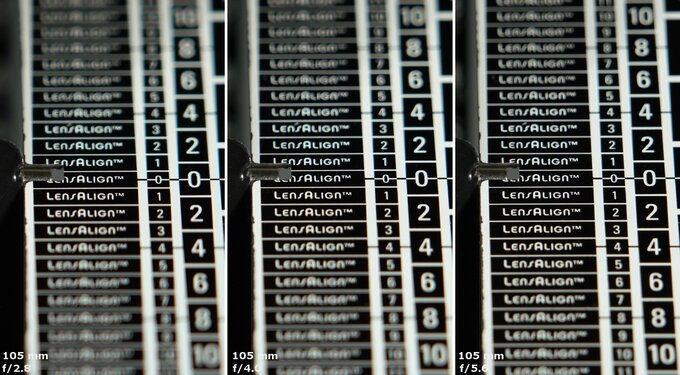 |
Now let's see how the tested lens deals with the correction of lateral chromatic aberration. Below you see its performance depending on the focal length and aperture value respectively for the edge of the APS-C sensor and on the edge of full frame.


As you see the performances can be grouped on two levels. In the middle of the focal range chromatic aberration is slight, practically imperceptible. It partially explains why the middle of he focal range had the best resolution results on the edge of the frame.
At the ends of the focal range lateral chromatic aberration increases and, momentarily, reaches about 0.08%. Still these values are in the upper levels of low values and the lens doesn't even reaches a medium level. It allows us to assess its performance very highly in this category.
| A7R IIIa, RAW, 28 mm, f/4.0 | A7R IIIa, RAW, 70 mm, f/5.6 |
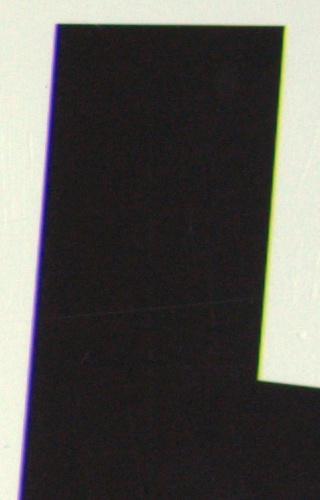
|
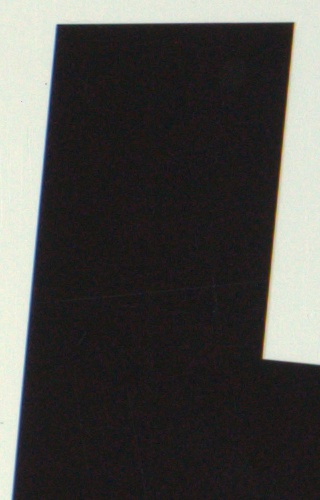
|
Spherical aberration
First photos from this chapter, especially these we took at 70 mm, show a slight focus shift effect. What's interesting, it's more distinct after passing from f/4.0 to f/5.6, where you deal with a noticeable front focus – shifting depth of field towards the photographer.Problems with spherical aberration are additionally confirmed by the appearance of out-of-focus circles of light. In fact for every focal length presented here circles we created before and after the focus differ from each other – and they also feature a classic symptom of spherical aberration so soft edges from one side and a brighter rim from the other.
| A7R IIIa, 50 mm, f/2.8, before | A7R IIIa, 50 mm, f/2.8, after |
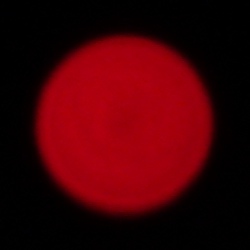
|

|
| A7R IIIa, 70 mm, f/2.8, before | A7R IIIa, 70 mm, f/2.8, after |
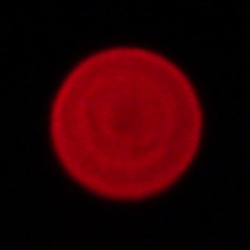
|
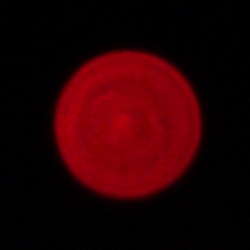
|
| A7R IIIa, 105 mm, f/2.8, before | A7R IIIa, 105 mm, f/2.8, after |
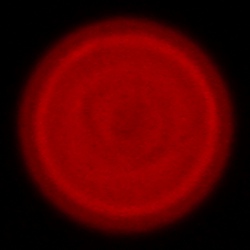
|
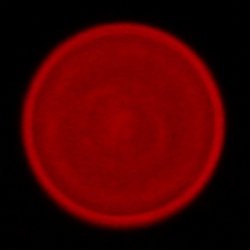
|
In order to find out how strong this effect really is we decided to do a more thorough test. First we set manually the best sharpness by f/2.8 and then we took our measurements at higher aperture values never changing the position of the focus. Then we repeated that process but this time setting the best sharpness possible by f/8.0. The results of this operation at 50 and 70 mm show graphs below.
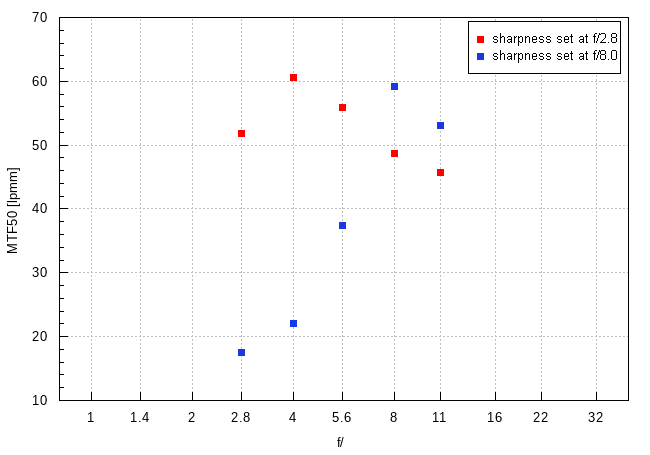
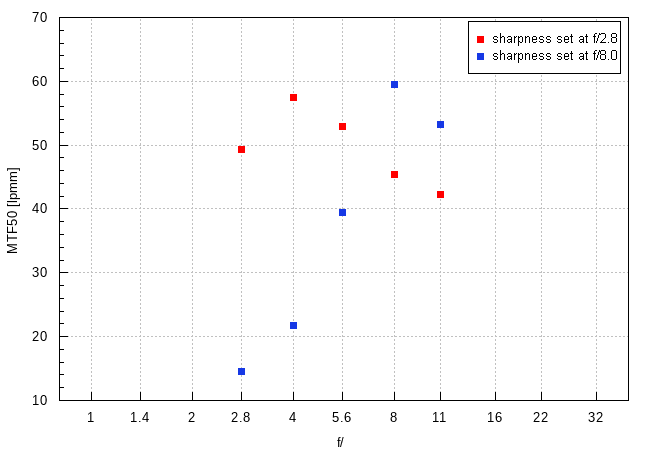
In both cases the performance is similar. With the sharpness set at f/2.8 you deal with a noticeable increase of resolution on passing to f/4.0 but when you close the lens down further the depth of field shifts outside its range and the performance is worsening very fast. The sharpness set by f/8.0 provides good results for this aperture and also for f/11.0; still if you start to open the aperture wider focus shift makes a flash-quick decrease of MTFs. You deal here with a very classic and quite measureable description of spherical aberration of the Sigma A 28-105 mm f/2.8 DG DN. As we've already noticed, this aberration limits the level of sharpness of the tested lens, so in the frame centre it is impossible for the Sigma to reach results closer to 75-80 lpmm.




